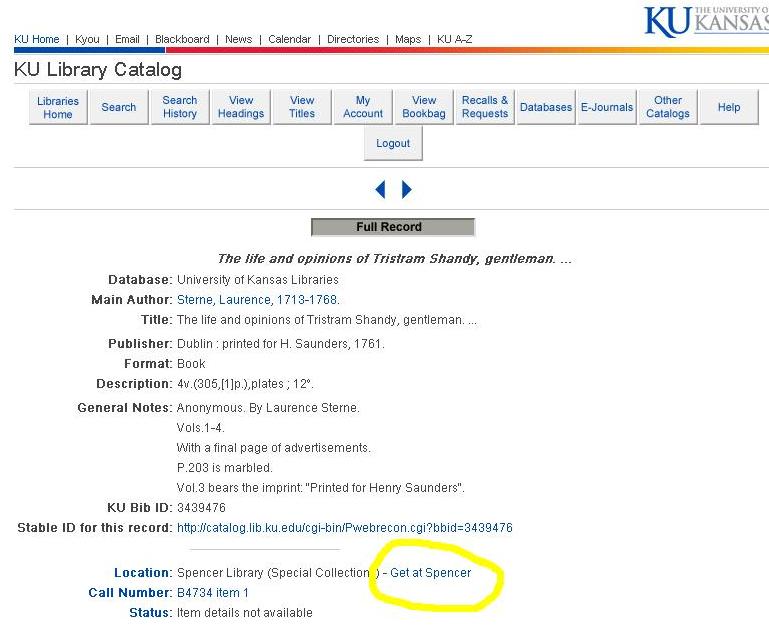Going Cross-Eyed: We Dare You to Read This!
September 28th, 2012[…] I really must, in justice to Jane, apologise for her writing so short a letter—only two pages you see—hardly two—and in general she fills the whole paper and crosses half. My mother often wonders that I can make it out so well. She often says, when the letter is first opened, ‘Well, Hetty, now I think you will be put to it to make out all that chequer-work’ […]
-Miss Bates to Emma in Jane Austen’s Emma (1815)
In an earlier post about the visit of the NEH Seminar “Jane Austen and Her Contemporaries” to the Spencer Research Library, I mentioned a manuscript format that would have been familiar to early 19th-century eyes, but which is likely quite alien to modern readers: the crossed letter. It is this type of letter that Jane Austen is alluding to in the above passage from Emma (1815). A crossed letter is a letter in which the correspondent saved both stationary and postage by writing not only in one direction, but by turning the letter 90 degrees and then writing across the page perpendicularly. The result is a letter that can be quite a challenge to read. Just take a look at the letter below from Robert Ker Porter, a painter and diplomat, to his sister, the novelist Anna Maria Porter (click images to enlarge):
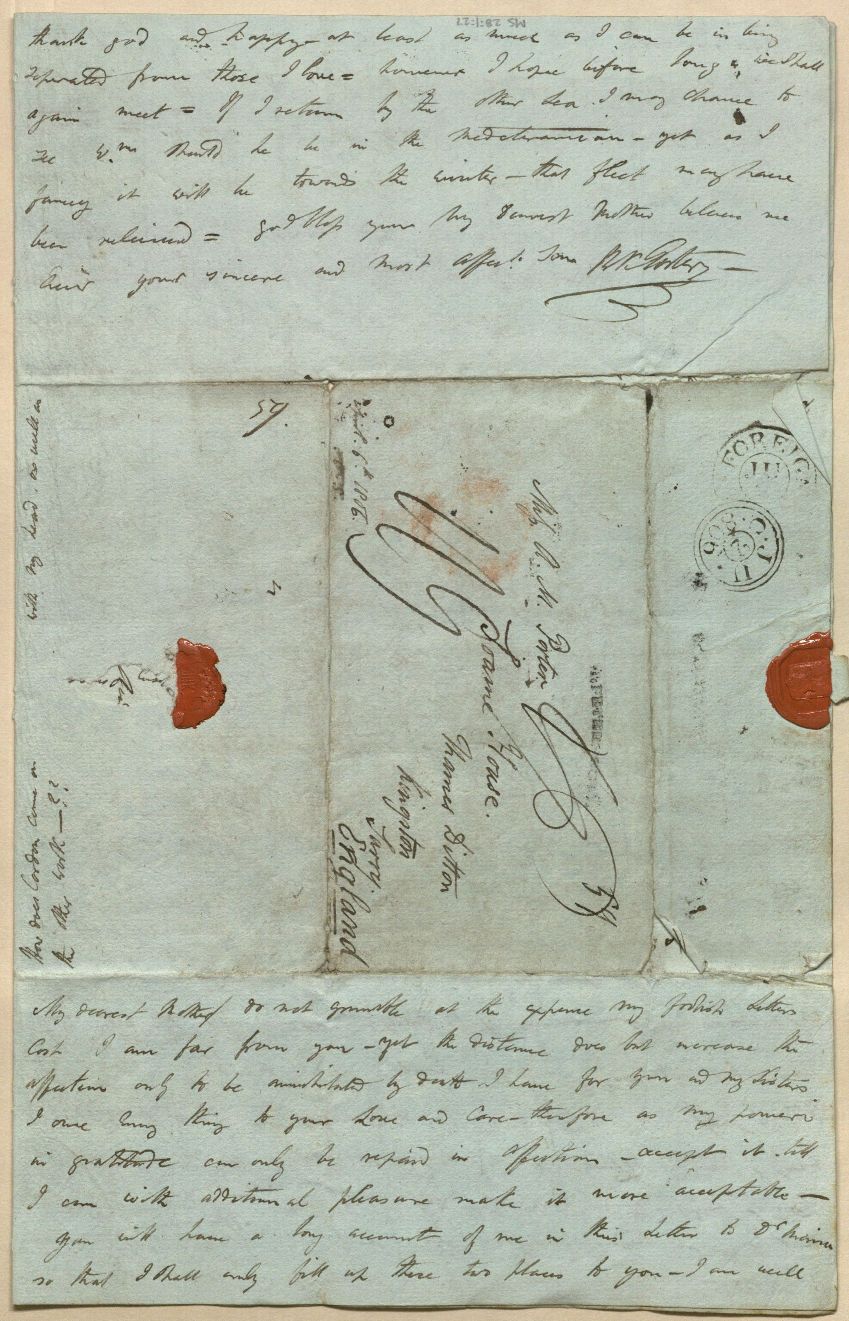
Read if you dare: A crossed letter from Robert Ker Porter to Anna Maria Porter.
4 April 1806. Porter Family Collection. MS 28, Box 1, Folder 27. Click images to enlarge.
Crossed letters began to decline in use after 1840 when the “Uniform Penny Post” was established in England, allowing letter-writers to send domestic mail at a rate of a penny per 1/2 once (thus the name “penny post”), regardless of distance, payable in advance by the sender.
An English etiquette book from 1901 warned sternly against the habit of crossing one’s letters, but recognized that in the past (as in the example from Jane Austen above), a crossed letter could be a sign of friendship and intimacy:
Crossing a letter is quite unpardonable. Stationery is cheap, postage is cheap; there is no reason for crossing lines. There was a time when both postage and stationery were very expensive, and in those old days a crossed letter was actually regarded as a mark of friendship.
Some of them were crossed and recrossed! Dear friends filled every corner of the paper, and resented it if the replies were not equally indicative of regard. But nowadays a crossed letter is by no means a mark of friendship. Very much the reverse!
-from Manners for Girls by Mrs. Humphry. London: T.F. Unwin, 1901, p. 61.
The anonymous author of Hints on Letter-Writing (1841), which came out roughly a year after the launch of the Uniform Penny Post, advises readers, “Should you ever be compelled thus to disfigure a letter [by crossing it], in mercy to your correspondent vary the colour of the ink.”
Below is the first page of a letter from Robert Ker Porter to his sister and mother. It is interesting to see that, in this case, he uses the black ink to write to his sister, the novelist Jane Porter, and red ink to write (on the same sheet) to his mother.
First page of a crossed letter from Robert Ker Porter to his sister Jane Porter (in black) and his mother, Jane Blenkinsop Porter, (in red). June 14, 15, 26th, 1821. Porter Family Collection. MS 28, Box 2, Folder 2. The second image is rotated 90 degrees to enable reading the portion of the letter written in red ink. Click images to enlarge.
Click on the images above to enlarge them and see whether you think the contrast in the color of the inks makes the letter easier to read.
Elspeth Healey
Special Collections Librarian

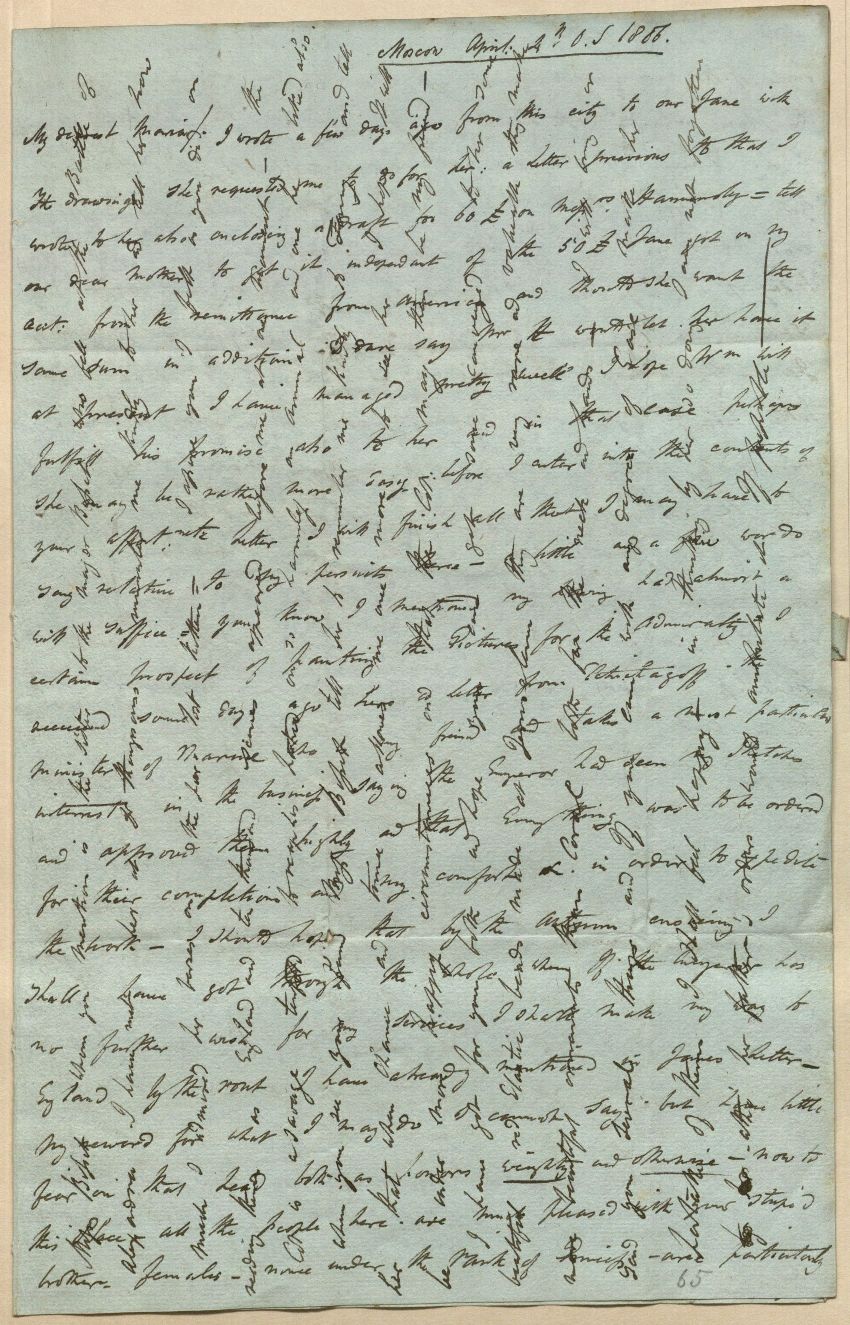
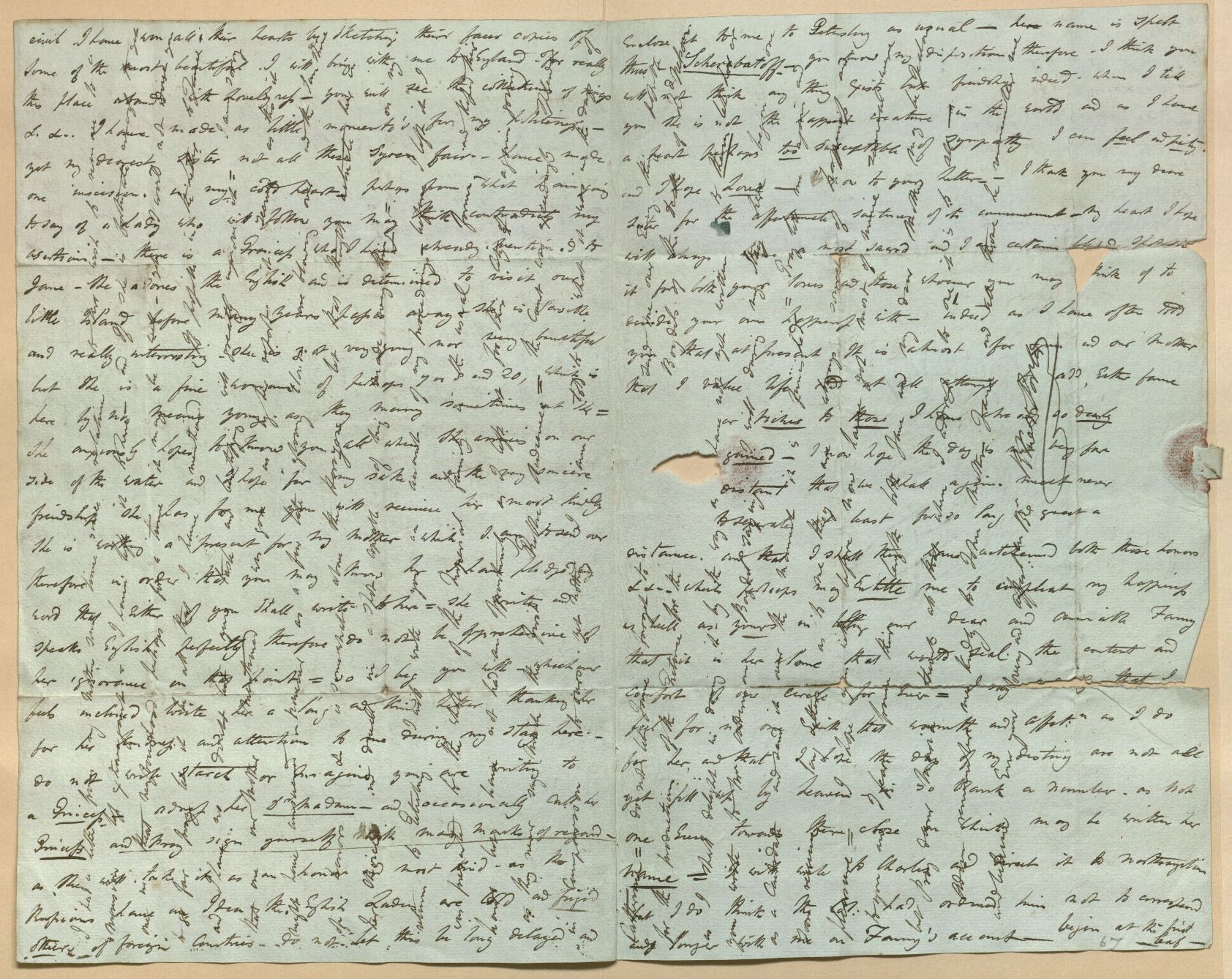
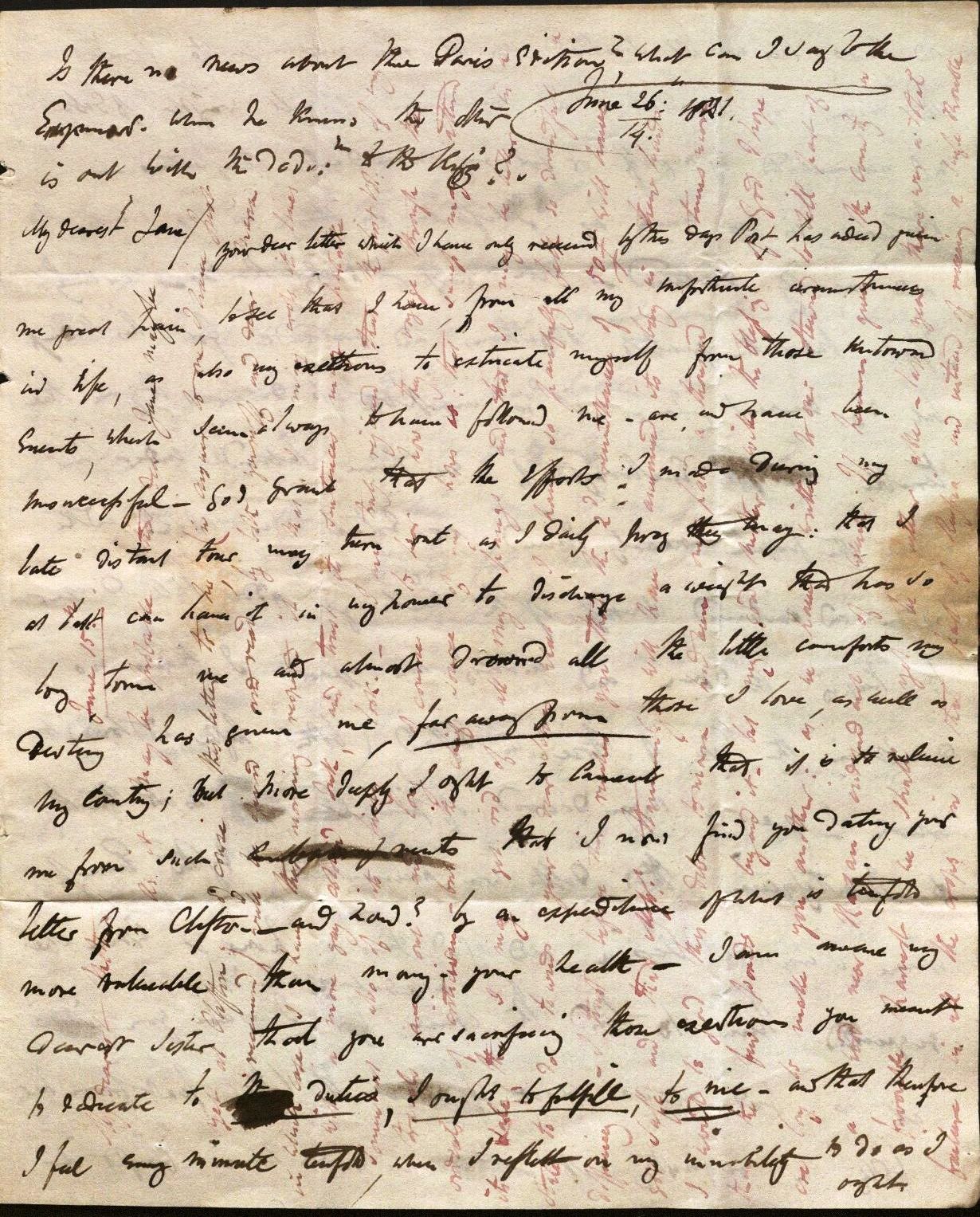
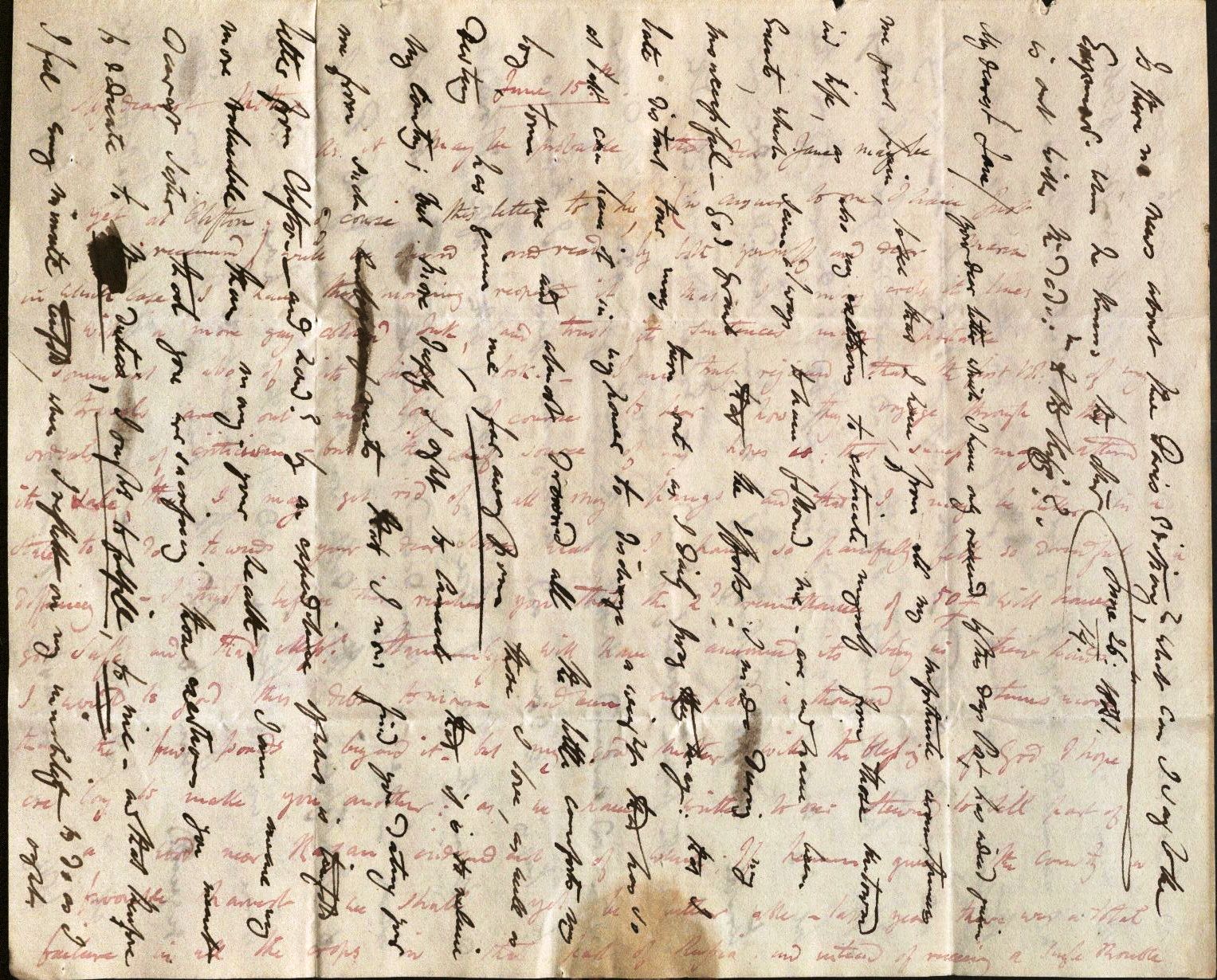
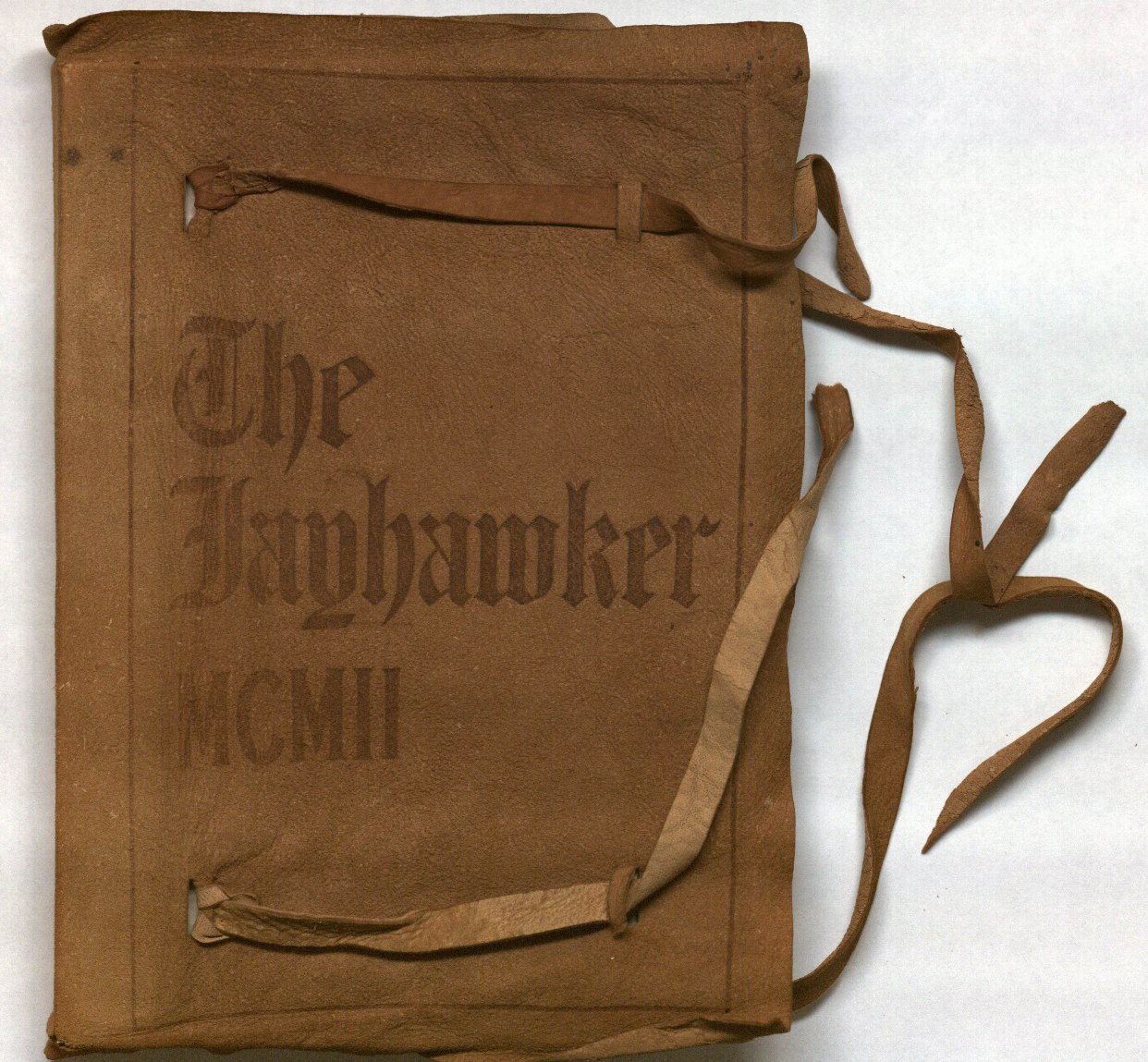
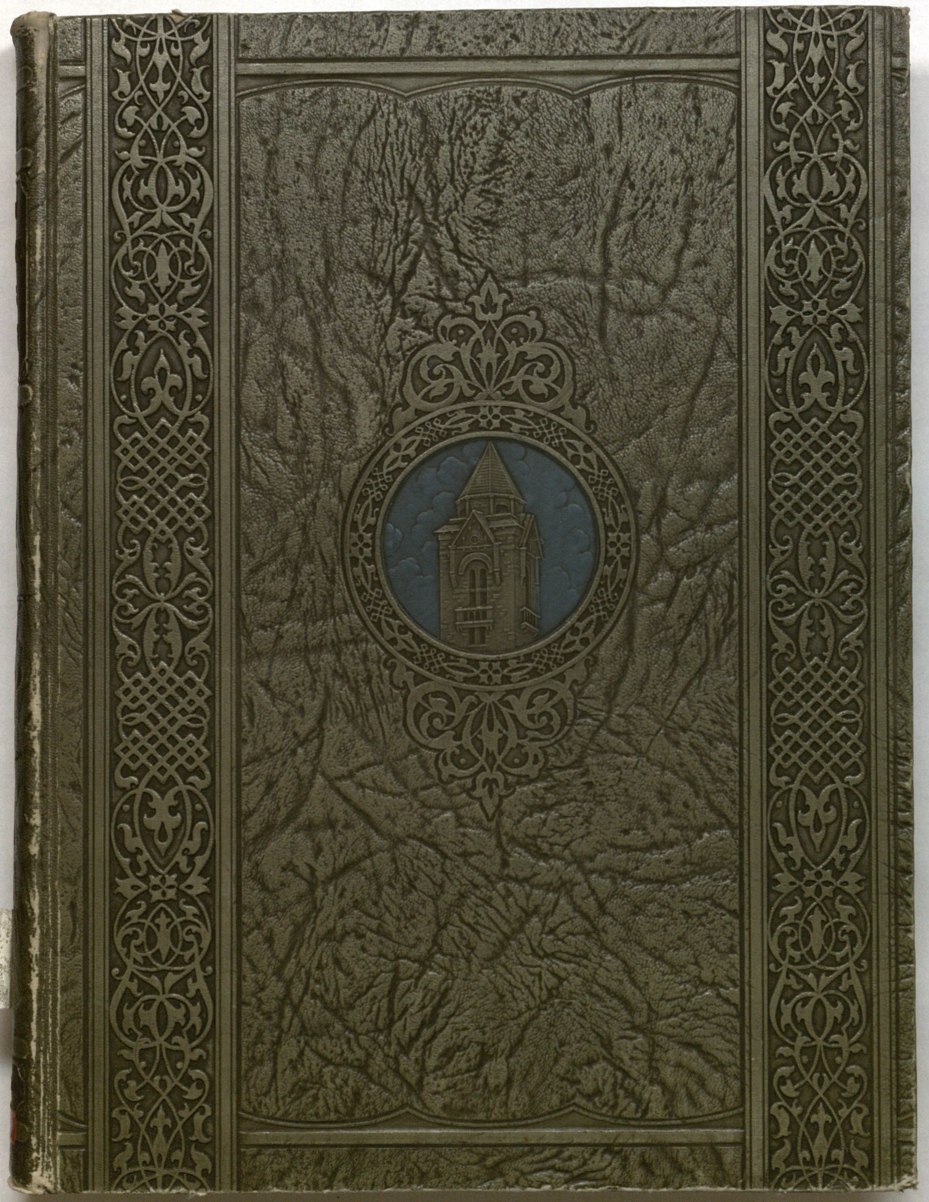
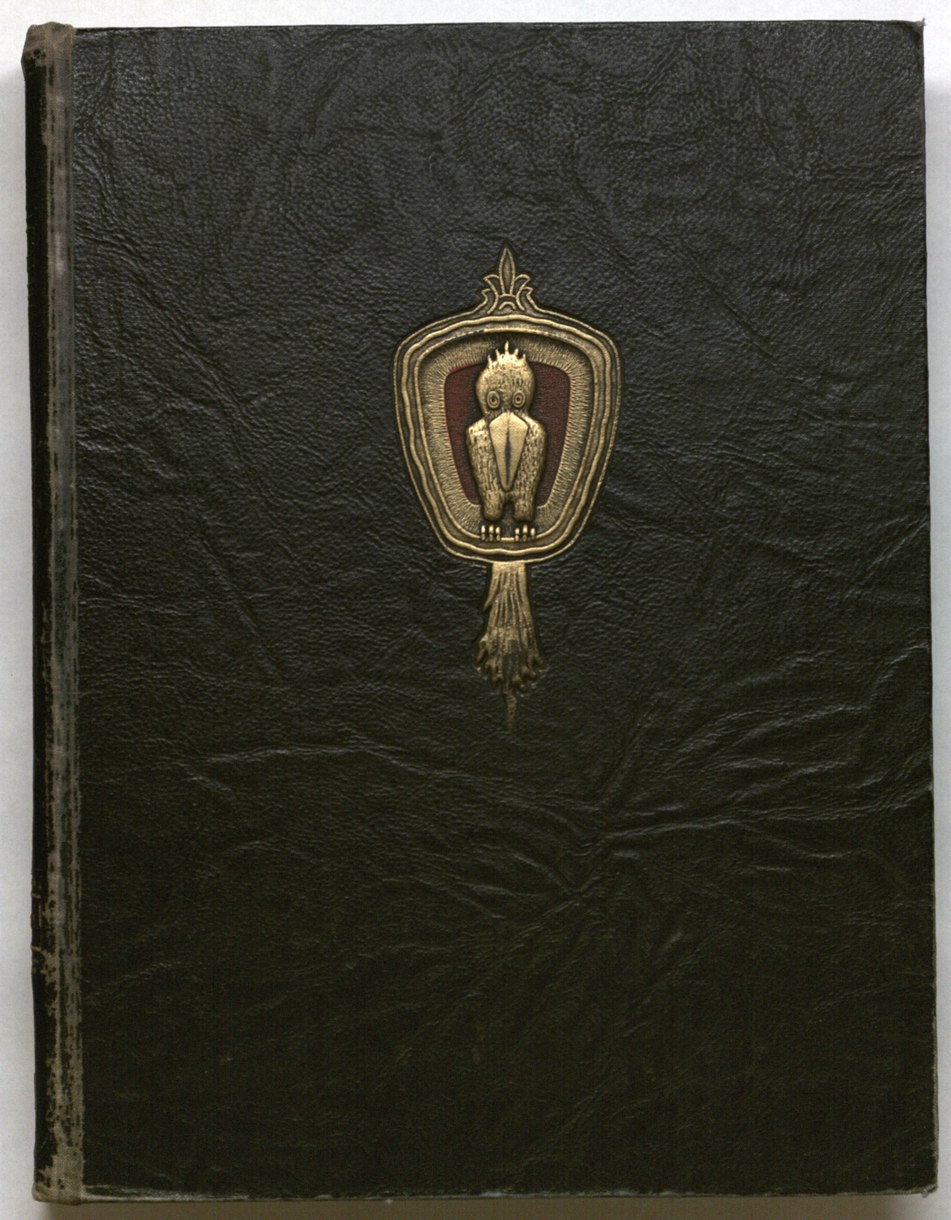
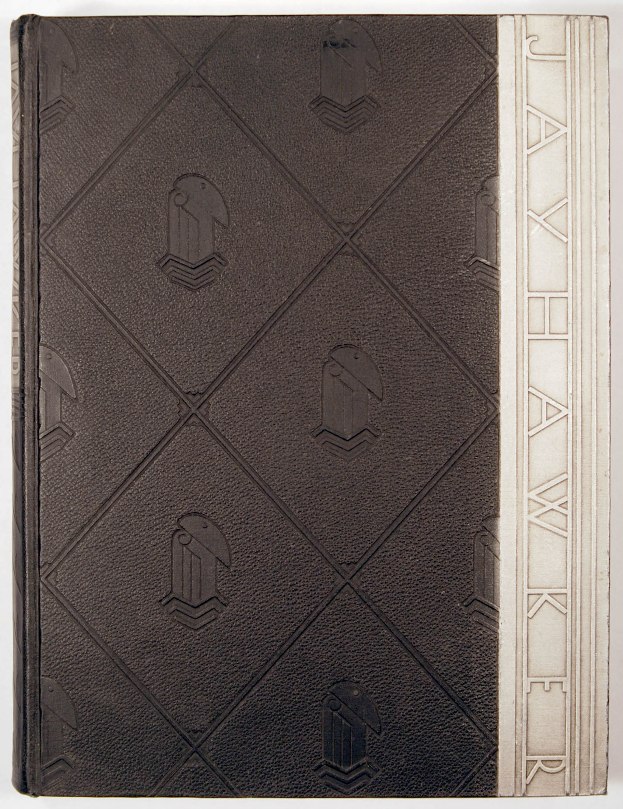
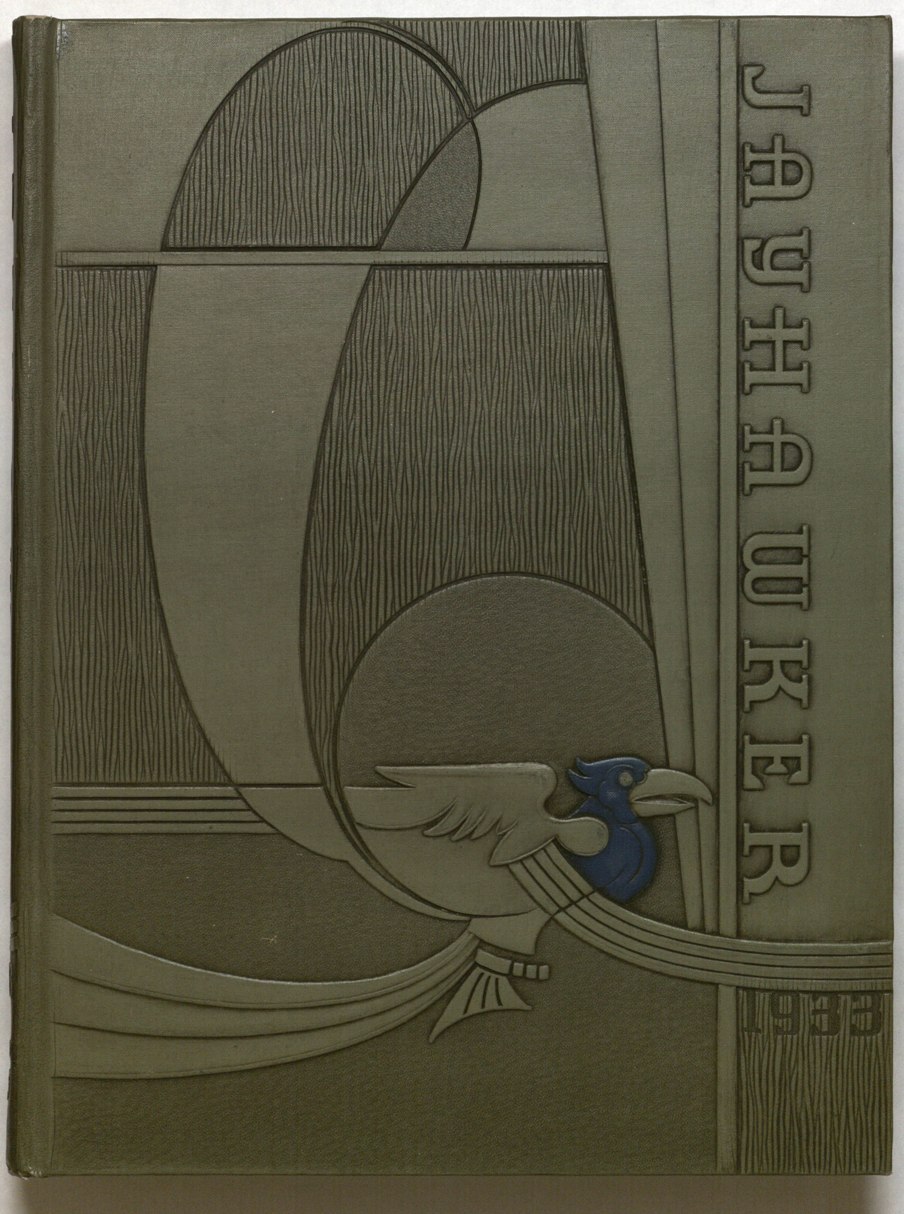
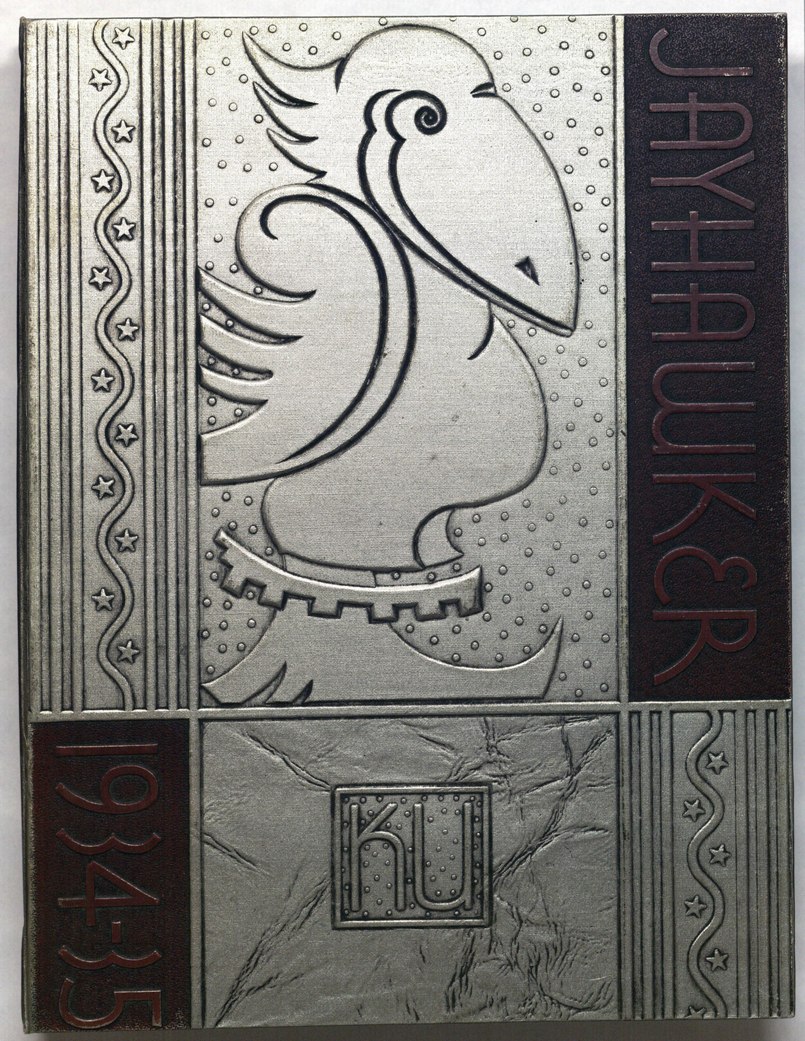
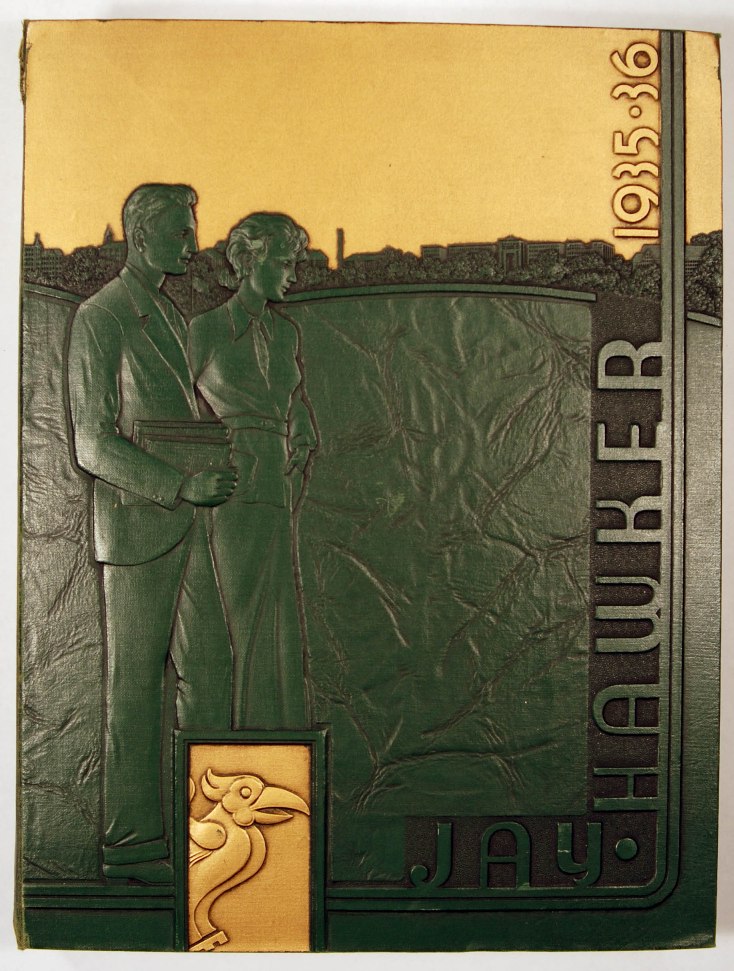
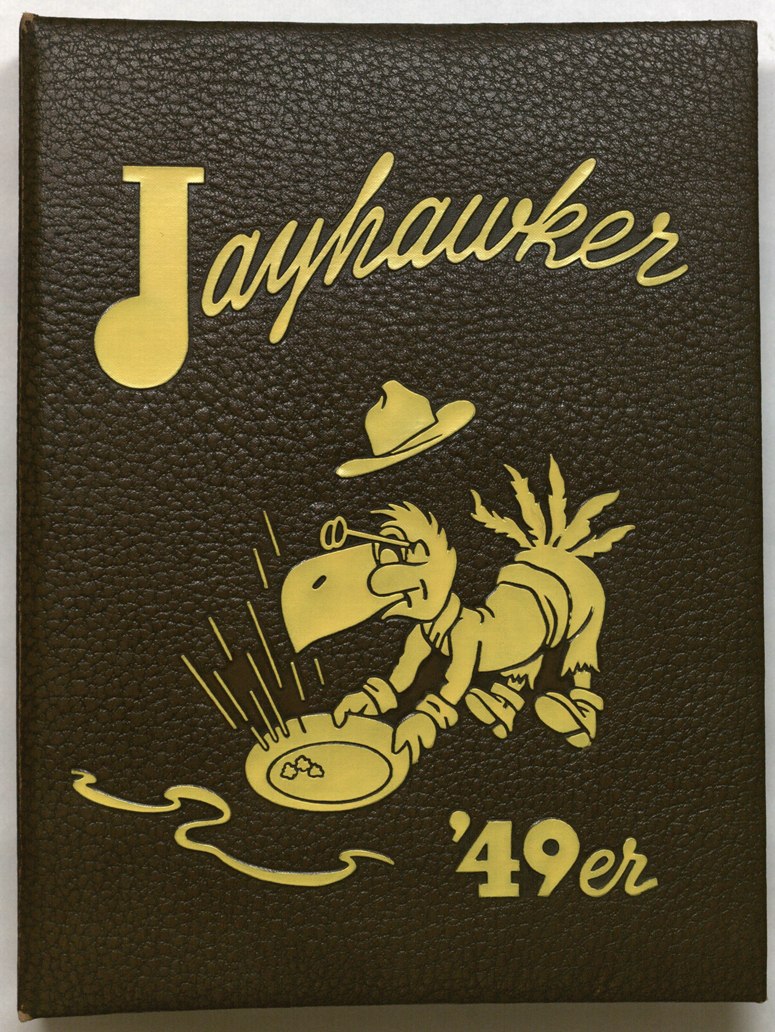
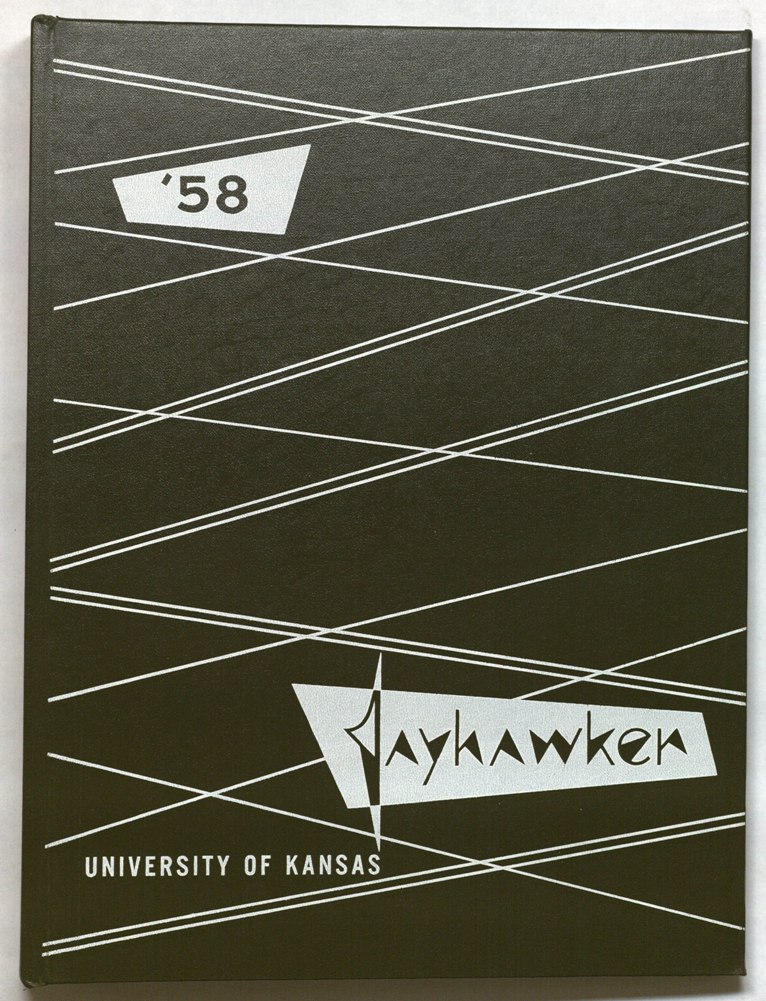
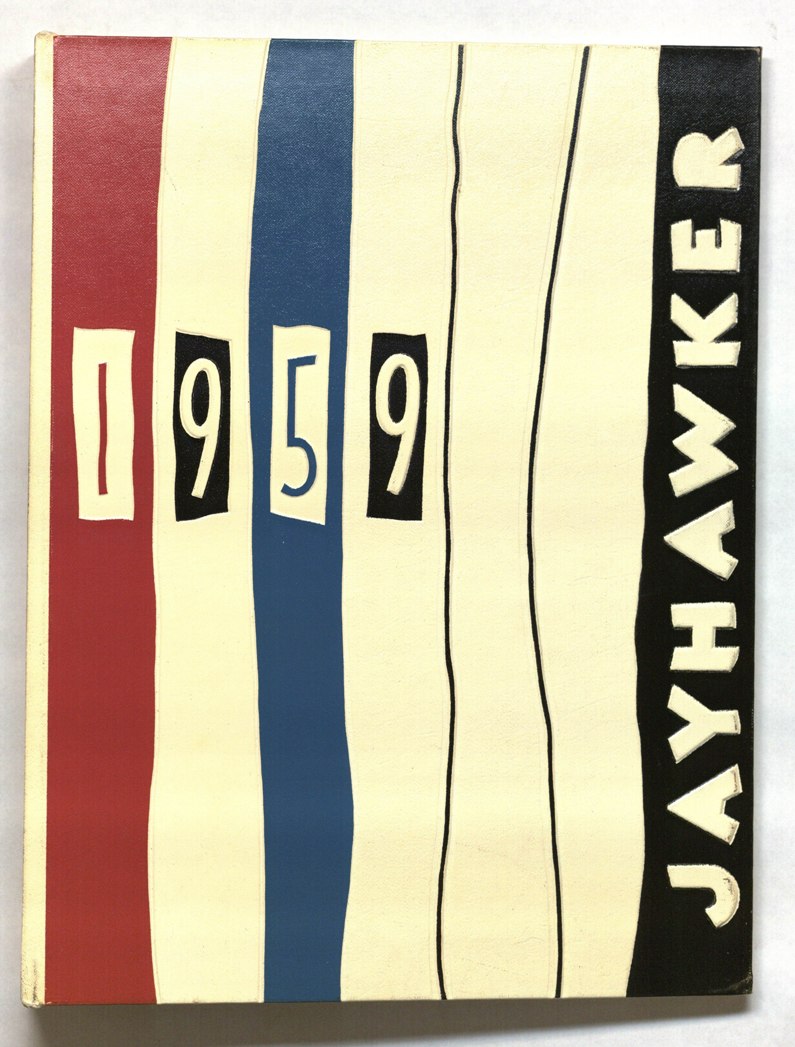
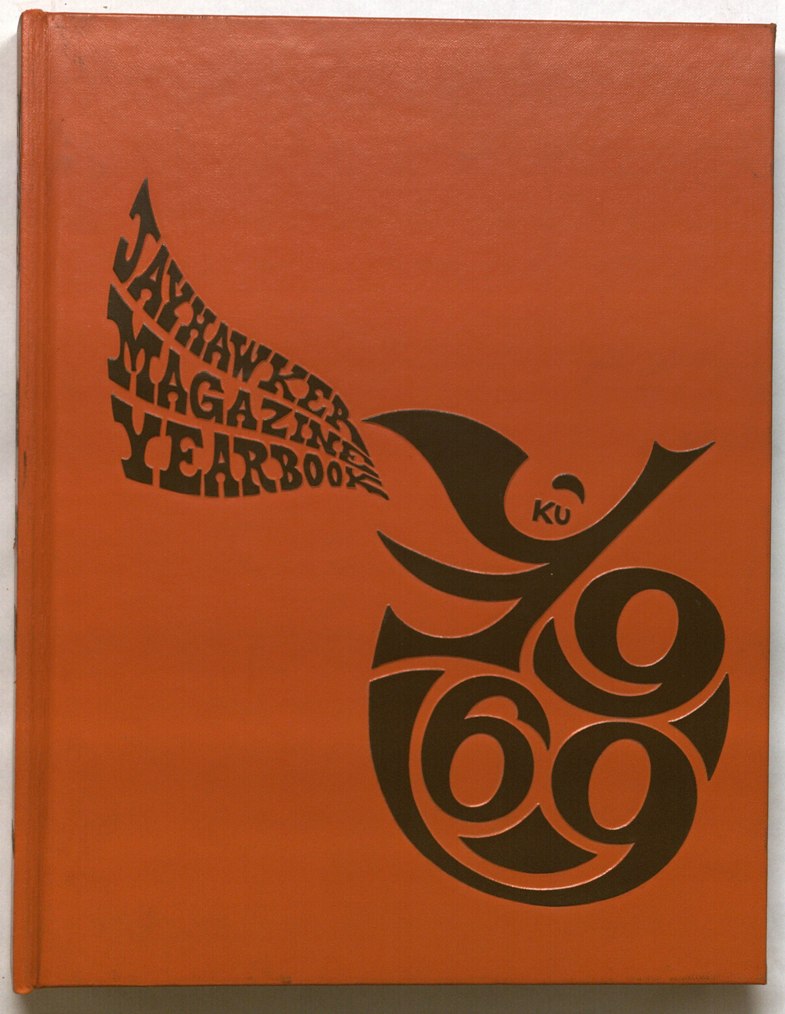
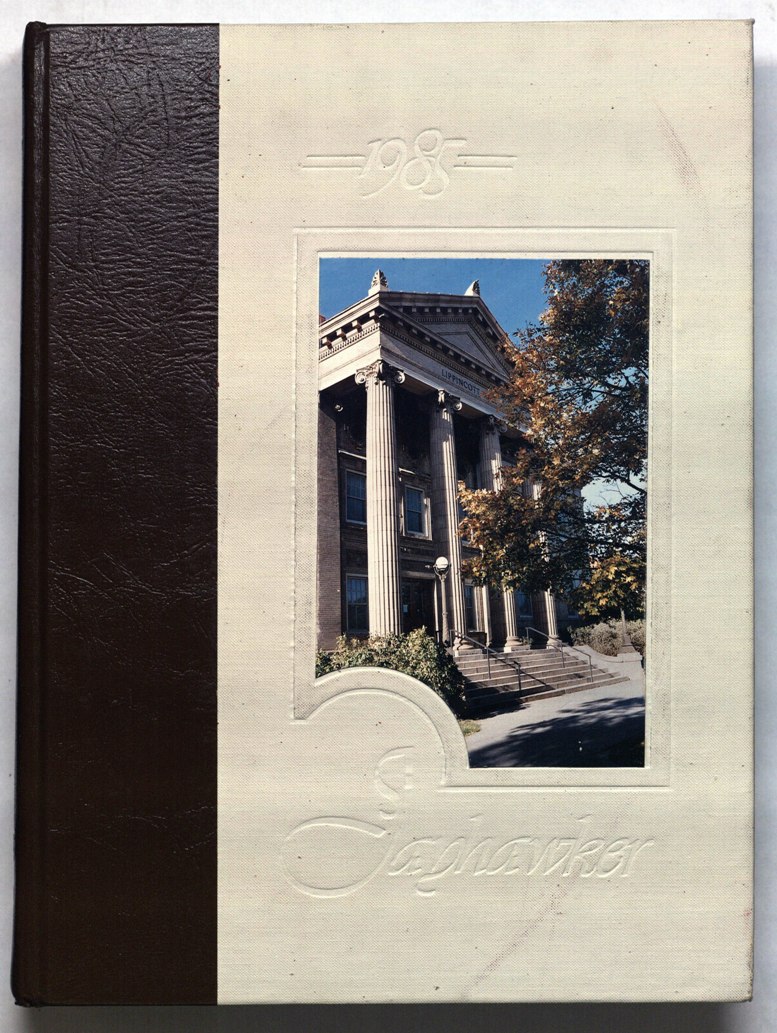
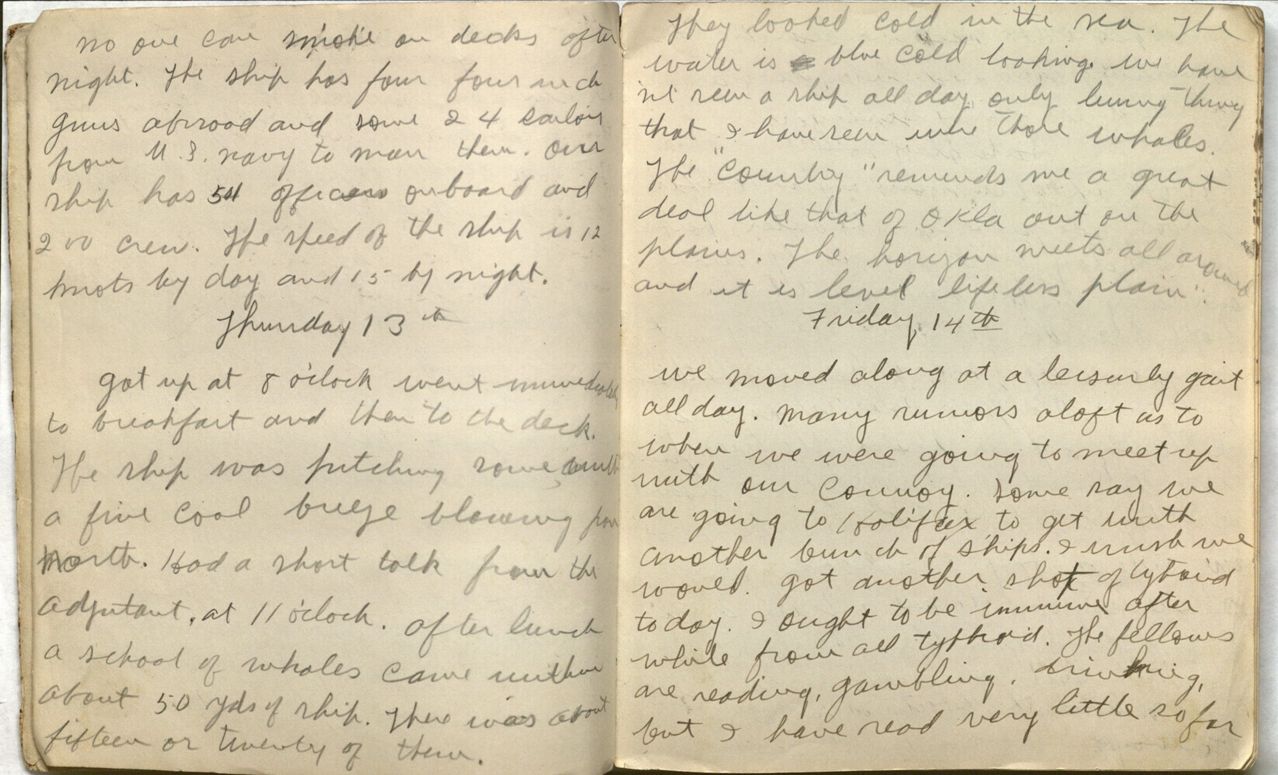
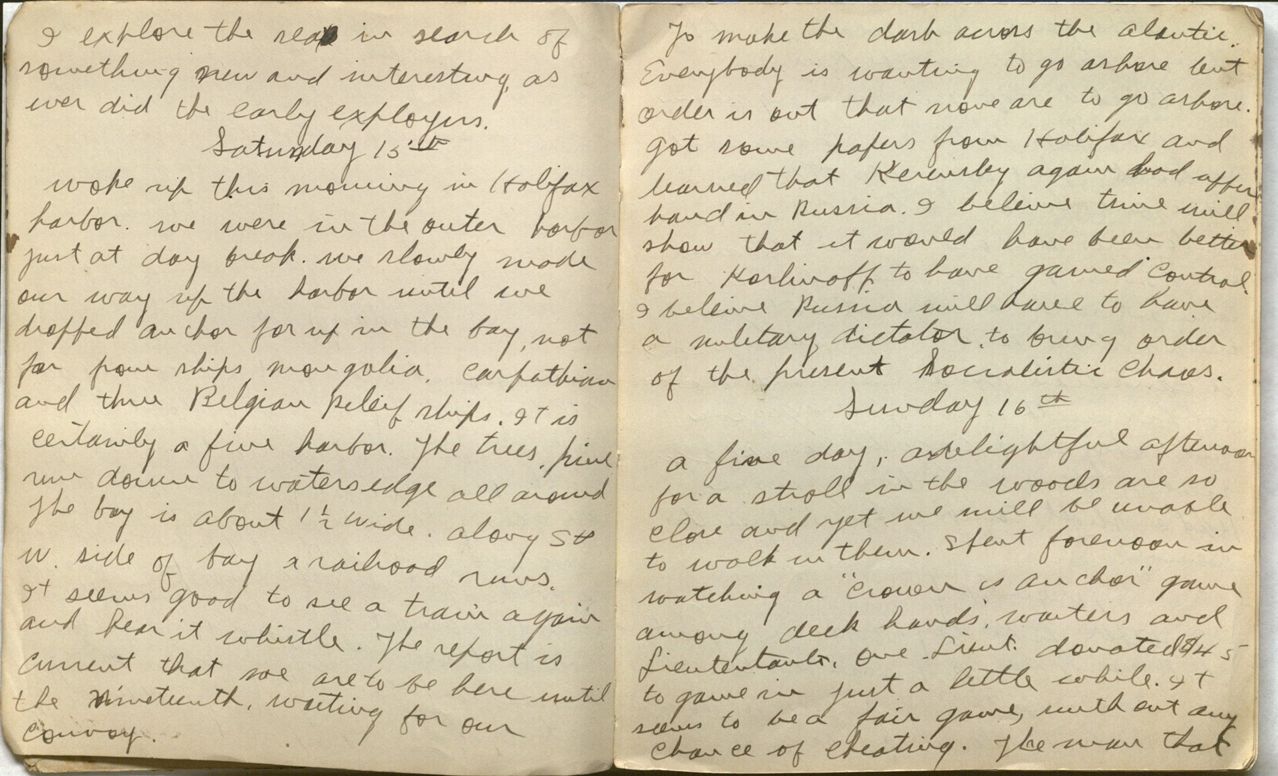
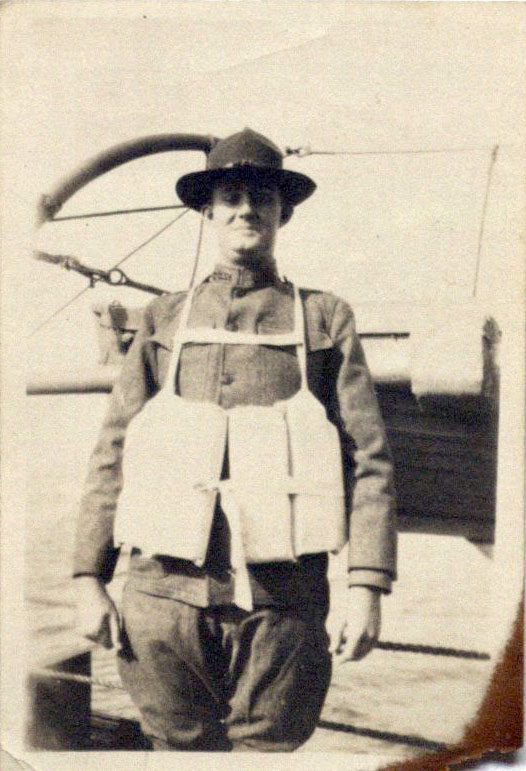
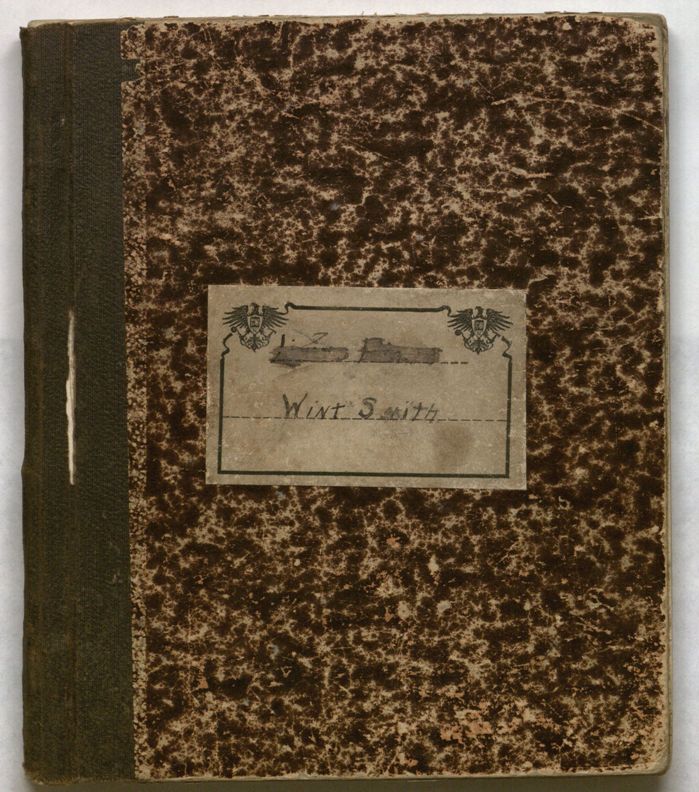
![Plate from James Petiver's Gazophylacii Naturae & Artis in qua animalia [...] Plate from James Petiver's Gazophylacii Naturae & Artis in qua animalia [...]](http://blogs.lib.ku.edu/spencer/wp-content/uploads/2012/09/EllisAves_E116_item2.jpg)
